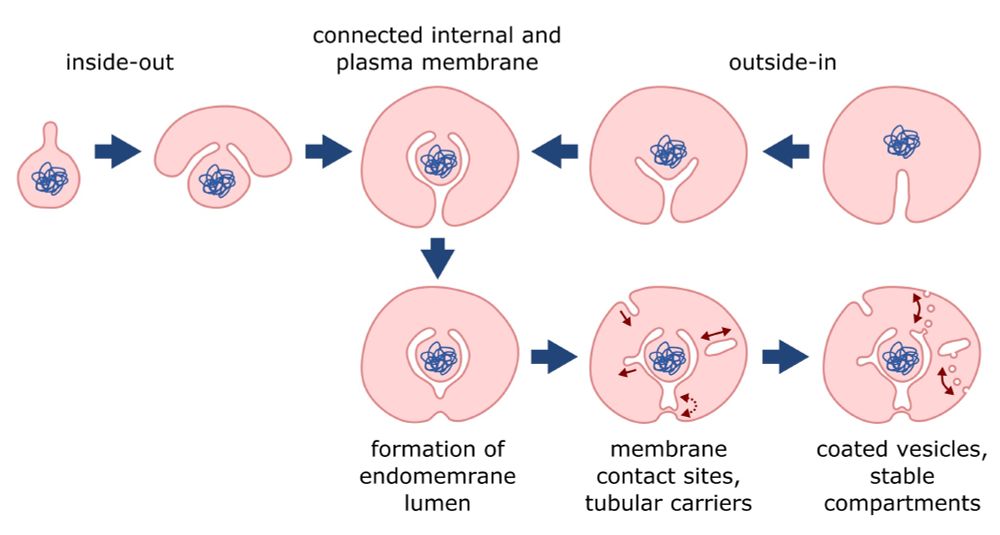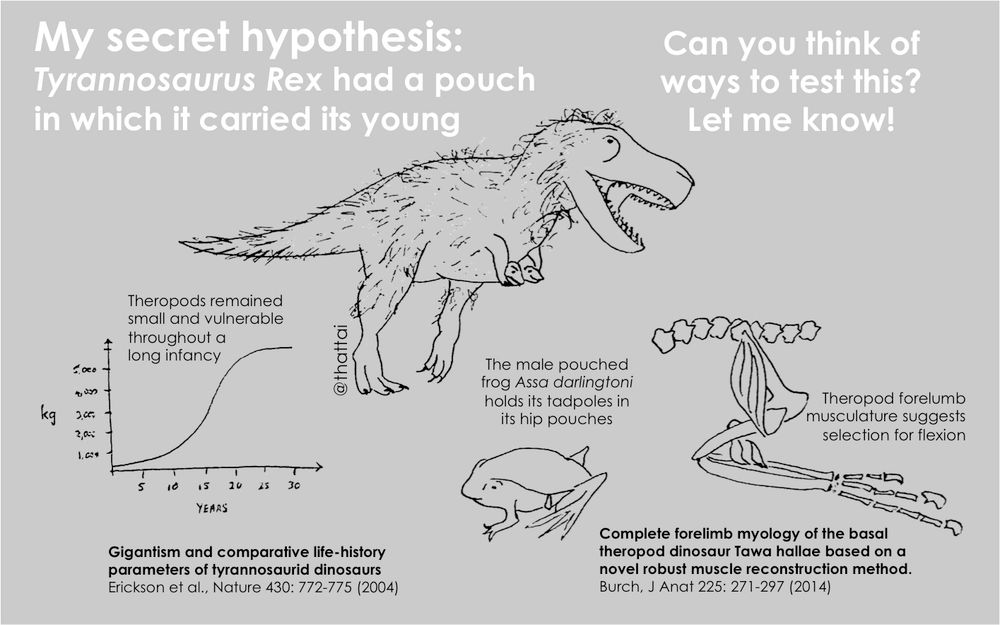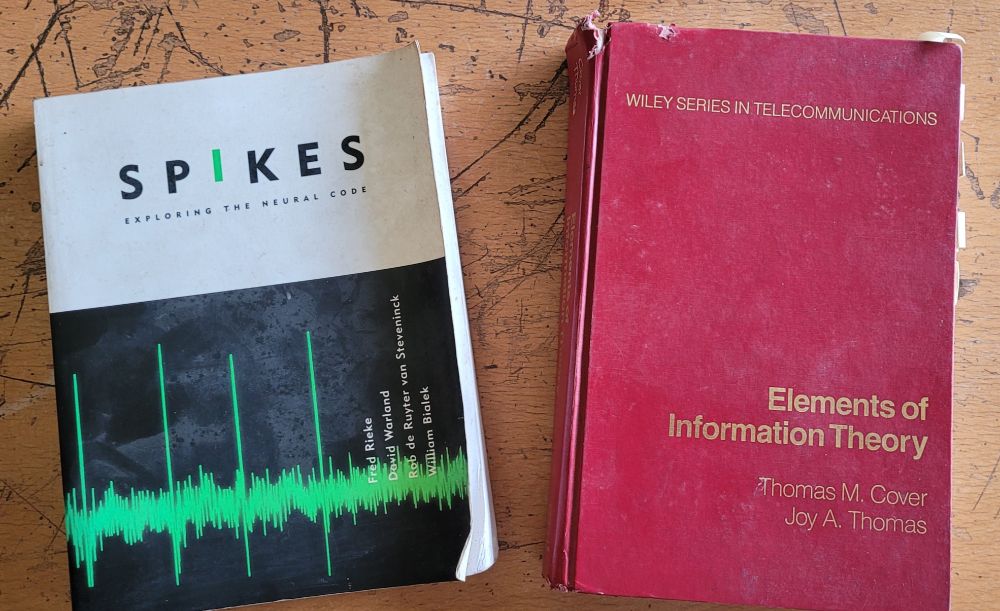



New preprint: ecoevorxiv.org/repository/v...
Here’s the idea. 🧵

New preprint: ecoevorxiv.org/repository/v...
Here’s the idea. 🧵


These and other chapters in the long engagement between MIT and India are chronicled in Ross Bassett's book "The Technological Indian".


These and other chapters in the long engagement between MIT and India are chronicled in Ross Bassett's book "The Technological Indian".
Here's a sample from the exhibit: the 1958 yearbook photo of Almitra Patel, the first South Asian woman to receive a degree at MIT.


Here's a sample from the exhibit: the 1958 yearbook photo of Almitra Patel, the first South Asian woman to receive a degree at MIT.
These and other chapters in the long engagement between MIT and India are chronicled in Ross Bassett's book "The Technological Indian".


These and other chapters in the long engagement between MIT and India are chronicled in Ross Bassett's book "The Technological Indian".


In "How Science Speaks", we will hear how scientists and science writers communicate complex ideas about the history and practice of science to non-experts.

In "How Science Speaks", we will hear how scientists and science writers communicate complex ideas about the history and practice of science to non-experts.




Carl Sagan is the reason I became a scientist, it was a dream come true to be accepted into his class.
But he was suffering from cancer, and unable to teach. I never met him. He died a year later, aged 62.
Sagan would have been 90 this November.

Carl Sagan is the reason I became a scientist, it was a dream come true to be accepted into his class.
But he was suffering from cancer, and unable to teach. I never met him. He died a year later, aged 62.
Sagan would have been 90 this November.

